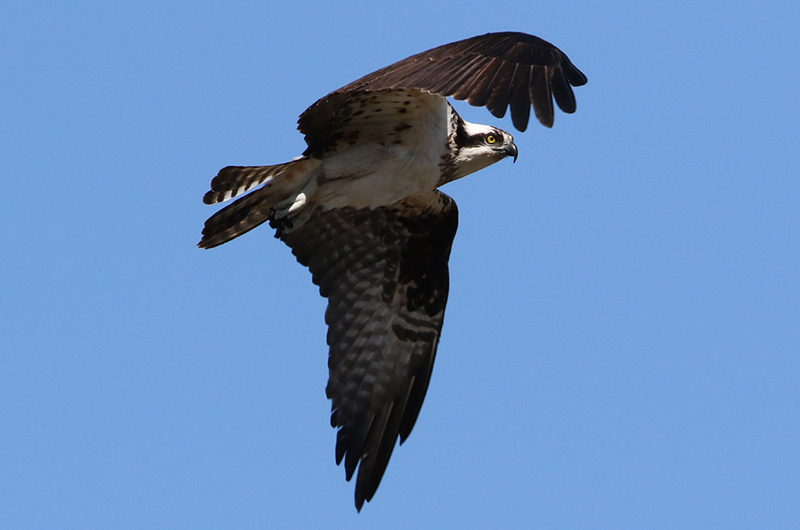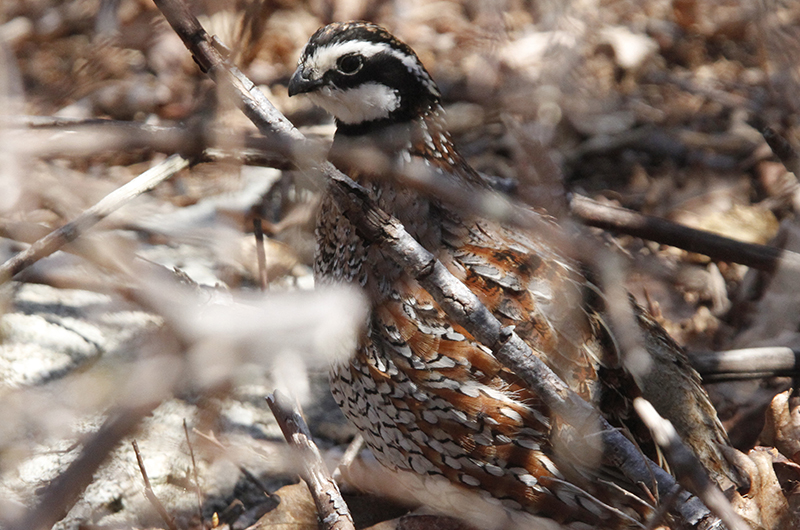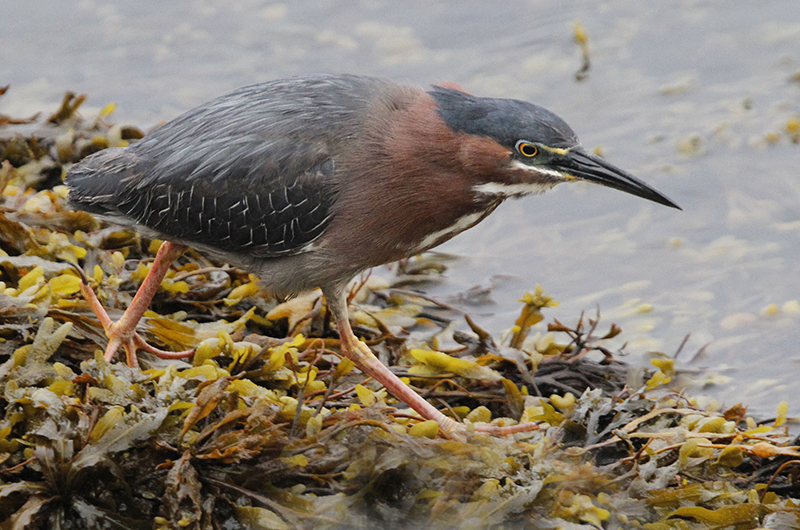Make no mistake about it, the corvids – the crows – can be very noisy. Large flocks of them can gather and they seem to prefer the early morning (maybe because most of us are asleep) to meet and make a lot of noise. And suppose they find an owl hiding in the trees. Then, not only do they make a lot of noise, but they dive-bomb it repeatedly until it eventually moves away to avoid the disturbance. Chris Connors reports a similar reaction where crows noisily pursued a red-tailed hawk on June 19 near the Vineyard Haven dog park.
Even families of crows can make a lot of noise. Young crows that have left the nest make the strangest sounds as they continually beg for food. One description of these noises is “waaah, waaahhh,” longish notes given almost continuously. This happens even when the adults are cramming food into their maws so it sounds as if the crows are gagging. I have been hearing a lot of these sounds this week, so the first young crows have left their nests. Their noisy begging will continue for quite a while.
I heard the raven-equivalent sound on the morning of June 21. Imagine a similar sound but more of a croaking, with a slight pause between individual croaks. The next generation of ravens has left their nest near the Verizon building in Vineyard Haven.
Fish crows have been seen recently but so far the only call I have heard from them is their nasal “cah-cah,” short notes given in pairs. It is a much softer sound, although I have not heard their youngsters begging for food. They have not been confirmed as a nesting species on the Island, even though they are nesting abundantly on the Cape.
The fourth species of corvid we have on the Island is the blue jay. Many do not recognize that they are in the crow family but try comparing their raucous “jaaayyy” to the above sounds.
Cacophony indeed!
Bird Sightings
Speaking of noisy birds, all of a sudden the osprey seems to be everywhere and very vocal. Their chirping, however, compares very favorably to that of the raucous corvids. I have been hearing them now every day just about everywhere, even well inland away from the water.
The Katama sandhill crane is still around. On June 21, Lanny McDowell describes his encounter, saying that the crane seems to be quite content cruising around the neighborhood, checking in with the cows and residents working or socializing outside, all at a leisurely pace and with an inquisitive nature. He also spotted a brown creeper near Lambert’s Cove on June 19, while Luanne Johnson spotted one at her house on June 21. It seems to me that these normally inconspicuous birds have been spotted more frequently than usual this year.
I do not usually think yellow warblers visit feeders but both Kathy Landers and Katherine Long observed them at their feeders on June 21. Catbirds frequent feeders and can be quite tame – multiple observers have reported them: Sioux Eagle, Sande Weinstein, Linda Vancour, Tim Leland and Sharon Simonin. And Marie and Stan Mercer had a male American redstart visiting their yard on June 22.
New locales for bobwhite quail have been reported. Lisa Maxfield heard one near the hospital on June 18 and I heard one at Sheriff’s Meadow Sanctuary on June 20.
Of course, we know that most of the birds here are nesting but it is great to see behaviors that confirm this. This week, there are fewer reports confirming that birds are raising young. Lanny McDowell observed a red-bellied woodpecker feeding young on June 19, Kathleen Kinsman observed a robin carrying food and I saw a female black duck/mallard hybrid with four downy ducklings at Sheriff’s Meadow Sanctuary on June 20.
Frank Flanders spotted a green heron on June 21 and Hans Goeckel spotted a late common loon on Cape Poge on June 19. And Debra Luce spotted an adult great blue heron on June 15, an unexpected species in June or July.
Finally, on June 20 both Jeff Bernier and I noted that least terns are beginning to hatch at Little Beach. Last week I reported on the incredible abundance of least and common terns there; unfortunately, I neglected to credit Biodiversity Works with the detailed survey where they counted over 400 nests of leasties and 337 nests of common terns.
Robert Culbert is an ecological consultant with Nature Watch LLC living in Vineyard Haven.











Comments (1)
Comments
Comment policy »